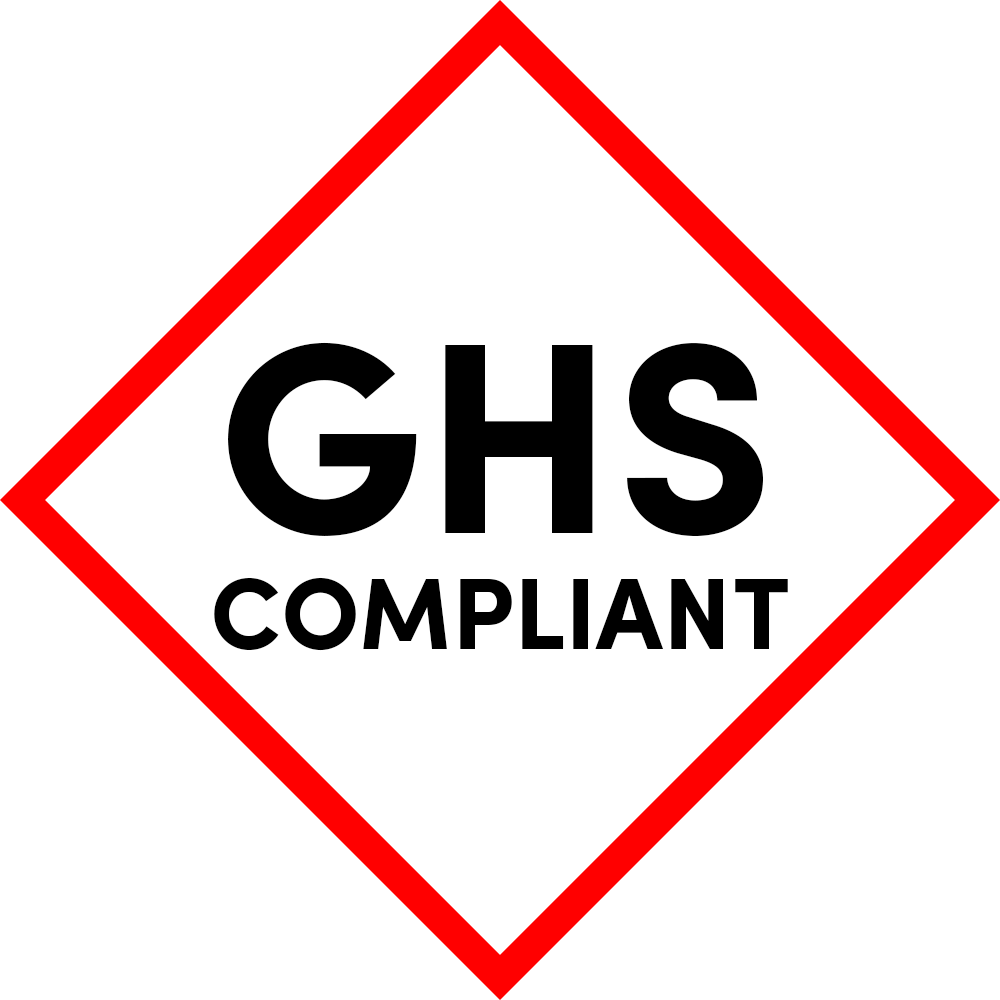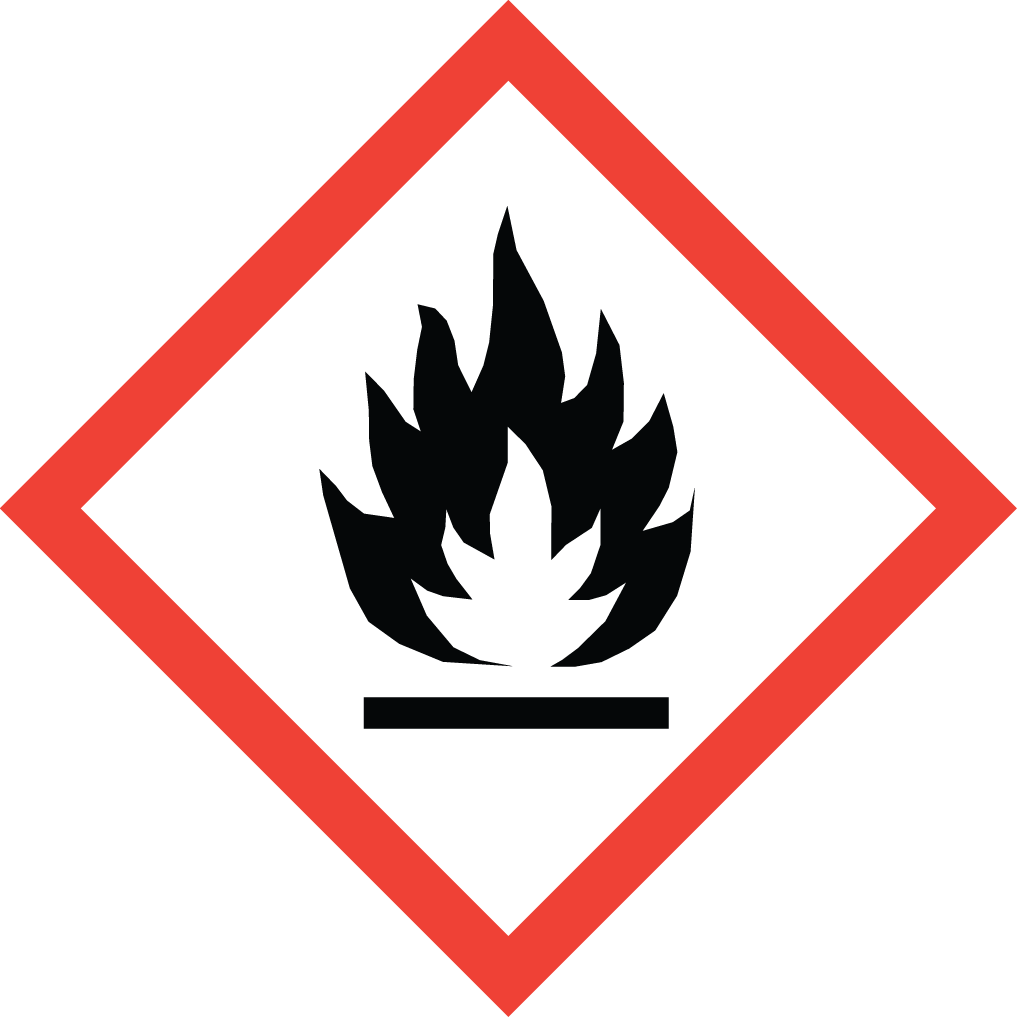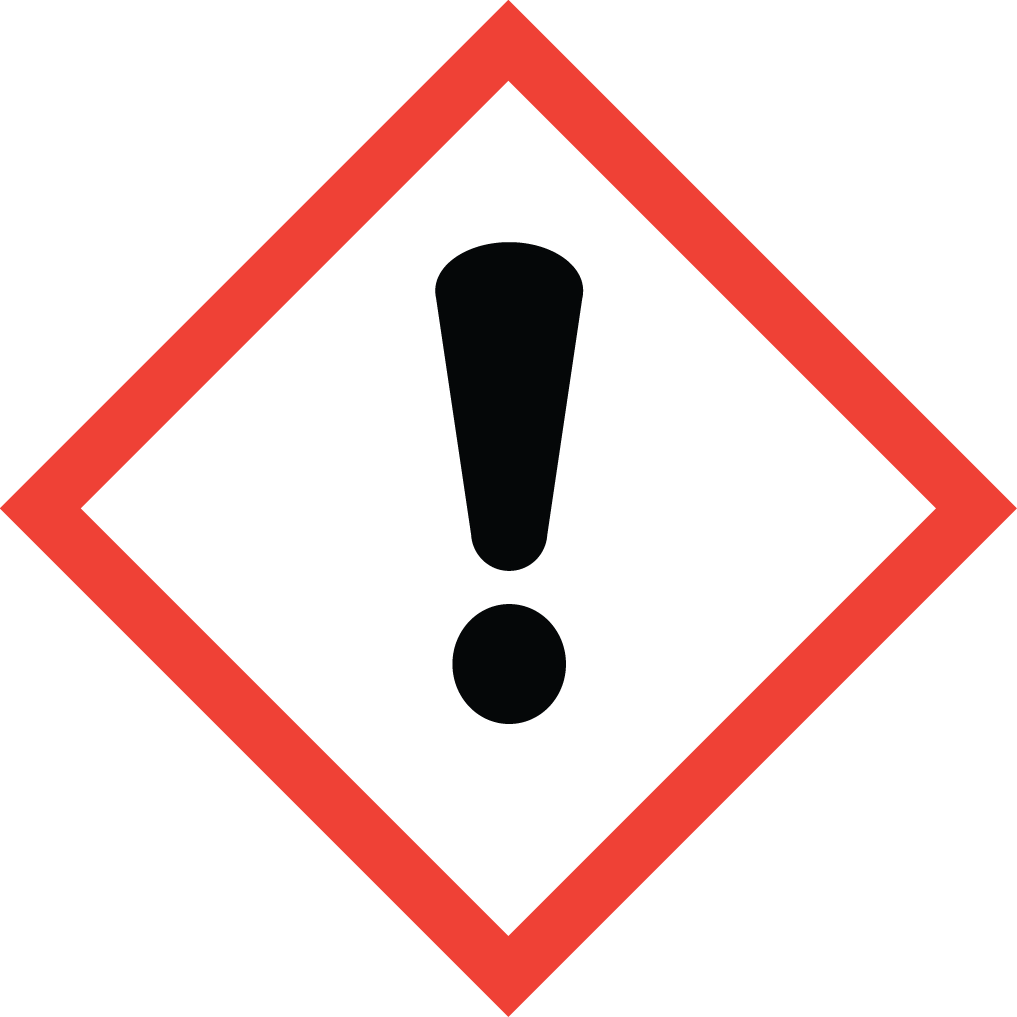
|
Noxon 7 Metal Polish Brasso Metal Polish |
Hazard Statements
Flammable liquid and vapor. Harmful if swallowed.
Precautionary Statements
General Prevention : Wear protective gloves. Wear eye or face protection. Keep away from heat, sparks, open flames and hot surfaces. - No smoking. Use explosion-proof electrical, ventilating, lighting and all material-handling equipment. Use only non-sparking tools. Take precautionary measures against static discharge. Keep container tightly closed. Do not eat, drink or smoke when using this product. Wash hands thoroughly after handling.
Manufacturer information
Name
Reckitt Benckiser LLC
Phone
800-338-6167
Address
Morris Corporate Center IV
399 Interpace Parkway (P.O. Box 225)
Parsippany, NJ 07054
PICTOGRAMS


HMIS
| HEALTH |
0 |
| FLAMMABILITY |
0 |
| PHYSICAL HAZARD |
0 |
| PERSONAL PROTECTION |
Wash hands, forearms and face thoroughly after handling chemical products, before eating, smoking and using the lavatory and at the end of the working period. Appropriate techniques should be used to remove potentially contaminated clothing. Wash contaminated clothing before reusing. Ensure that eyewash stations and safety showers are close to the workstation location. Hand protection Chemical-resistant, impervious gloves complying with an approved standard should be worn at all times when handling chemical products if a risk assessment indicates this is necessary. Considering the parameters specified by the glove manufacturer, check during use that the gloves are still retaining their protective properties. It should be noted that the time to breakthrough for any glove material may be different for different glove manufacturers. In the case of mixtures, consisting of several substances, the protection time of the gloves cannot be accurately estimated. Safety eyewear complying with an approved standard should be used when a risk assessment indicates this is necessary to avoid exposure to liquid splashes, mists, gases or dusts. If contact is possible, the following protection should be worn, unless the assessment indicates a higher degree of protection: safety glasses with sideshields. Eye/face protection : : Body protection Personal protective equipment for the body should be selected based on the task being performed and the risks involved and should be approved by a specialist before handling this product. When there is a risk of ignition from static electricity, wear antistatic protective clothing. For the greatest protection from static discharges, clothing should include anti-static overalls, boots and gloves. |
NFPA
3
2
0

Northern Michigan University
Local data
SKU #


